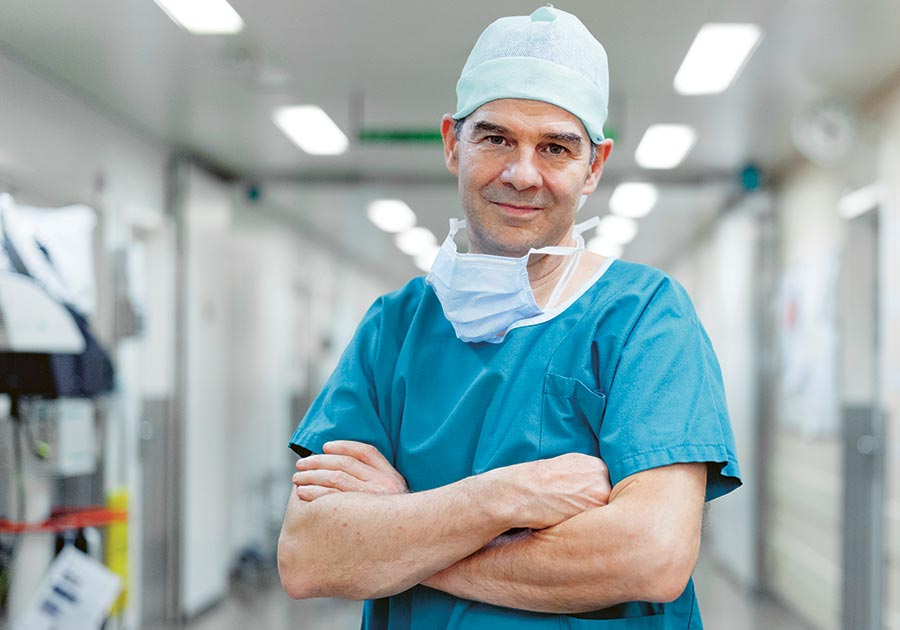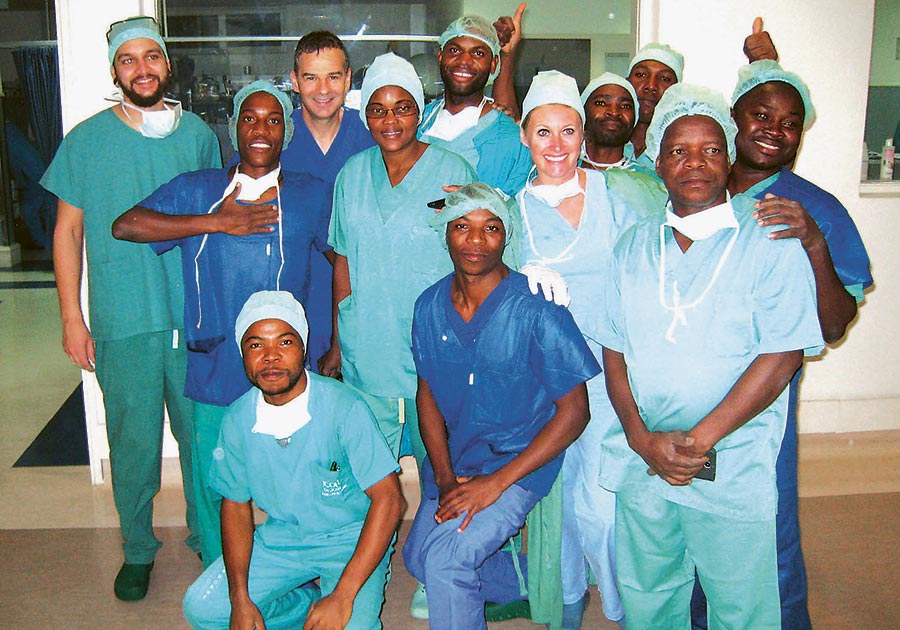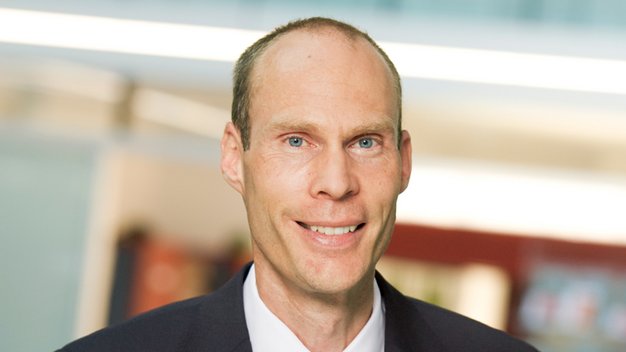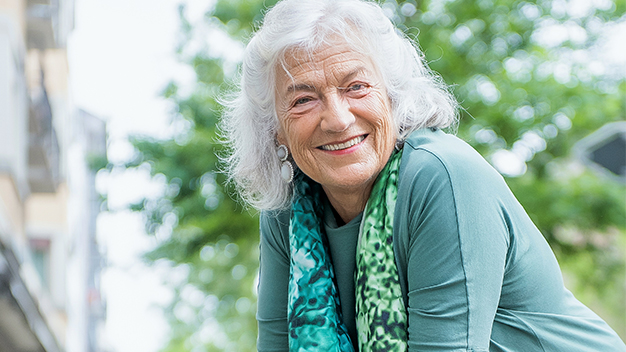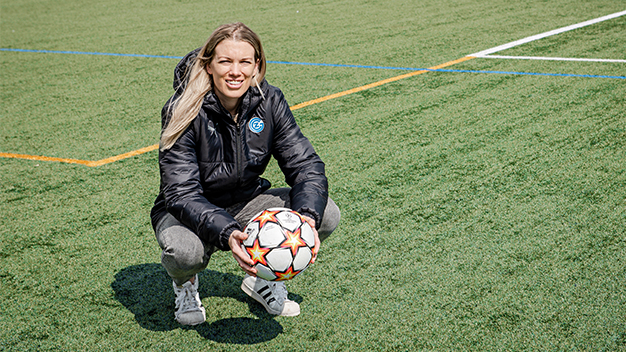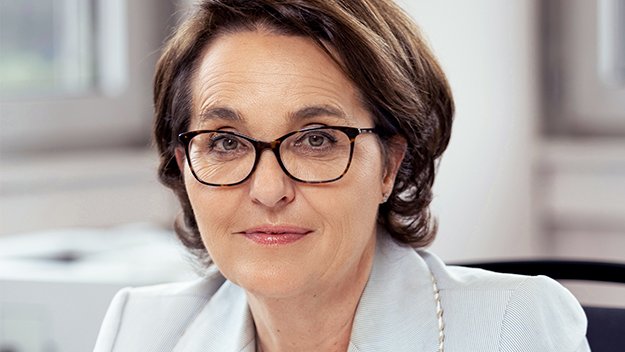Contrast that selection process here in Switzerland with that in the developing world.
In developing countries, the patient selection is a process we encounter every day. Triage is a normal part of our missions. In Mozambique and Cambodia, we have 2,000 to 3,000 children in the waiting room, so to speak, and we can operate on only 30 of them in a two-week visit. So our selection criteria are extremely strict. We take relatively easy cases that won’t take inordinate hours in surgery, and which will be cured with one operation, i.e. they won’t need lifelong special care that, anyway, might not be accessible.
Have you expanded selection over time?
Yes, we have extended it. The local doctors and nurses we’ve trained now operate the easy cases, and I can take children with more difficult heart conditions that earlier I’d have turned down. We started 12 years ago in Mozambique with cases of severity 1 to 2 (out of 5) only; now we are taking those with a severity of 3 and 4. Severity 5 is still too overstretched, because these cases take excessive time and resources, and often call for an enhanced nursing capacity that we don’t have. Intensive care nurses are absolutely critical here: you need somebody to react appropriately in the night when a monitor starts beeping, and with a room full of post-cardiac-op children, there will be a lot of beeping.
“Doctors now are scientists and engineers, not so much the ‘trusted-person’ in their patients’ lives.”
Other than money, what does cardiac medicine in the developing world most need?
Social stability. And education. In this respect, as we locally train people, we have indirectly created a small enterprise. A job has been offered to them, and not just for doctors and nurses, but for support staff from administrators to cooks, to gardeners as well. With steady work and income, they can have stable lives and send their children to school, maybe even university.
Coming back to Switzerland, do patients trust their doctors less than they used to?
Probably, and mostly because practises have changed over time. Years ago, most people saw one general practitioner, whom they knew locally, as both a person and a doctor. Now people go to a hospital, and are seen by ten health professionals – at the end, they hardly know any of them! And we doctors have become principally scientists, who speak in numbers and complicated vocabulary. Once I heard a father complaining that when his son had a serious fever, the doctor no longer would come to their home at night, but recommended the child be sent to hospital. I realise the house call would have been more personal, but in a hospital you can detect a life-threatening condition more rapidly and start sooner with an efficient treatment. You have access to resources not available at home. In the precise event, sending the child to hospital was in fact the best choice! It’s true, our care has become more impersonal, but at the same time – and many people do not see this – it has improved. Those ten hospital professionals handle many more patients and gain much better results than their predecessors did.
“Automation is increasing in medicine, but in cardiac surgery, we still create things with our hands.”
What changes in medicine have most surprised you?
Some artificial hearts defy the traditional logic of medicine. If you do an electro-cardiogram, you get no signal – just a flat line. With others, the blood pressure does not go up and down with contractions, it remains flat. There is no pulse to take. If you put a stethoscope on the patient’s chest, you won’t hear a heart beating anymore. But in all these cases, the patient lives! The other thing is that technology has opened up a wide range of possible treatments. It used to be that there were one or two possibilities to handle a problem; now there might be a dozen ways.
Technology is just a fact of life, in medicine as in other areas.
There is no way around it, and automation is increasing as well. Particularly in cardiac treatment and surgery, where there is a lucrative industry of supplying devices, like stents and valves to name a few, and all the other materials used for treatment. That said, in my work of cardiac surgery, there is still a strong demand for artisanship – we still create things with our hands. When it comes to repairing, say, a damaged valve, surgeons who are less gifted will just replace it – an easy task – while those with a more artistic trait will reconstruct it. In the short term, there is no difference in results, but longer term the prosthesis will degenerate and will need reoperations. So, surgical artistry and creative thinking still deliver better results. Surgeons have yet, if ever, to reach the standard of “plug-and-play”.

